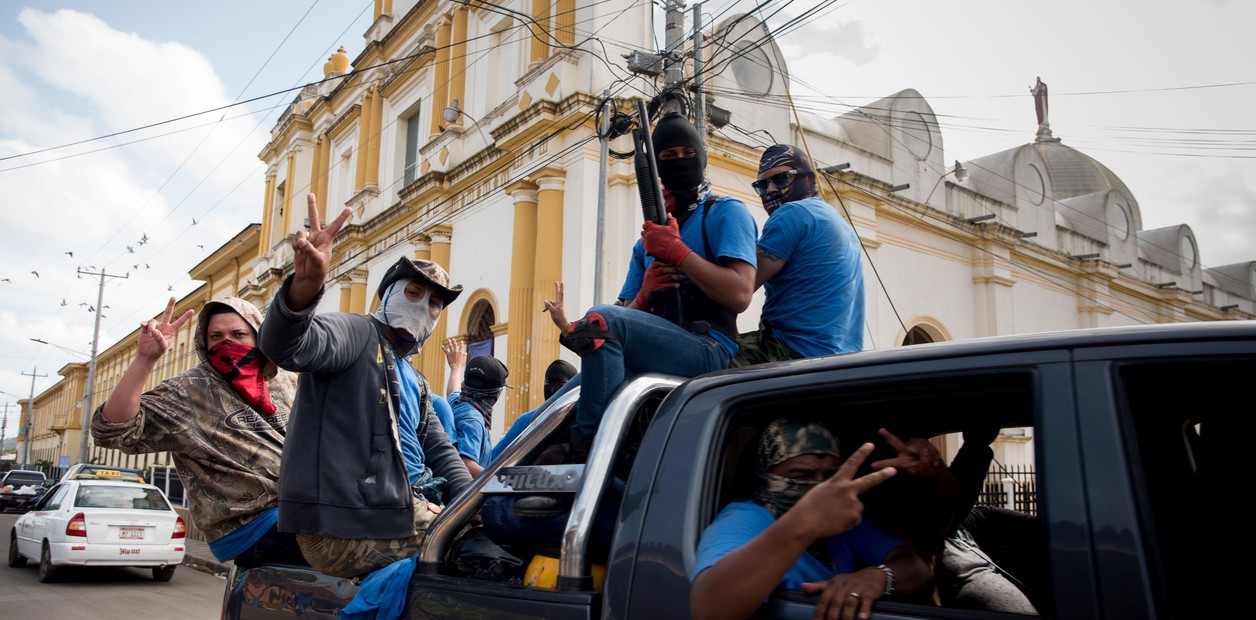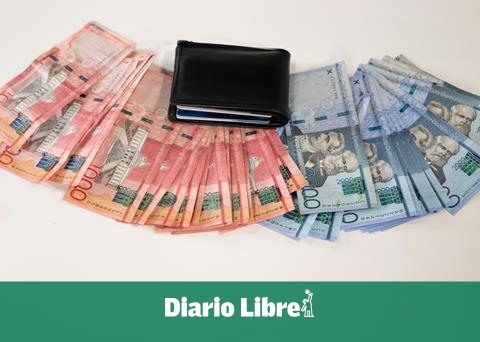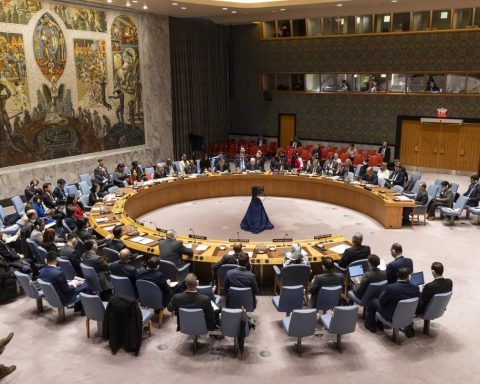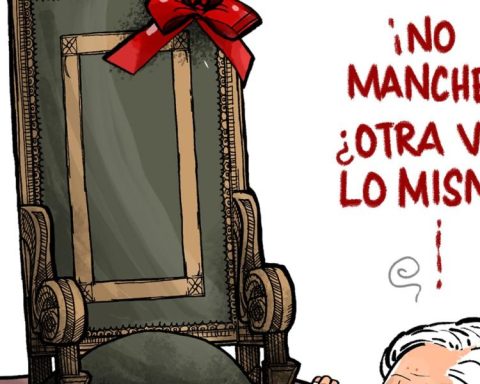Five years after “Operation Cleanup” carried out by the dictatorship of Daniel Ortega and Rosario Murillo against the inhabitants of Nicaragua, opposition leaders, political and human rights organizations continue to demand justice for the citizens murdered during that onslaught.
According to national entities, the operation was perpetrated by paramilitaries, members of the Nicaraguan Army, the National Police and the Sandinista Youth (JS), to whom the Ortega regime provided weapons of war to dismantle, at any cost, the barricades or roadblocks that were in different areas of the country.
For the political prisoner Yubrank Suazo, “the cleaning operation” was a “bloody, mourning and suffering” stage for Nicaraguans. Likewise, he recalled that only in Masaya, where he is from, Ortega shock groups murdered more than 30 people.
Related news: “Masaya has memory”: Exiles commemorate 4 years of “Operation Cleaning”
That attack “was only the beginning of a stage of repression, of persecution against all those who spontaneously joined the struggle of an immense majority that clamored and continue to clamor for freedom, justice, and democracy for Nicaragua.” , pointed out the opponent of Article 66.
“When we remember the cleanup plan, that dramatic, painful scene of Marcelo Mayorga lying on the main street of Masaya comes to mind, which signified the nonviolent, unarmed struggle that the people of Nicaragua were facing at that moment against a regime that brutally overwhelmed a civil society that simply demonstrated and defended its rights with military weapons,” he said.
Marcelo de Jesus Mayorga Lopezknown as “the man with the shooter”, was killed by an AK47 rifle shot, on June 19, 2018, during the first phase of the so-called “cleanup plan” in the city of Masaya.
The shot that ended the opponent’s life was to his head, falling struck down one block from the San Jerónimo Church, in the city of flowers. In a photograph it was evident that in his hands he carried a slingshot, the only “weapon” with which he defended himself.
For his part, Max Sherrypresident of the Nicaraguan University Alliance (AUN), told Article 66 that this massacre perpetrated by the Ortega Murillo regime meant the closure of any possibility of dialogue and the commitment of the dictatorship to a strategy based on repression, the use of violence and force to contain the Nicaraguan people.
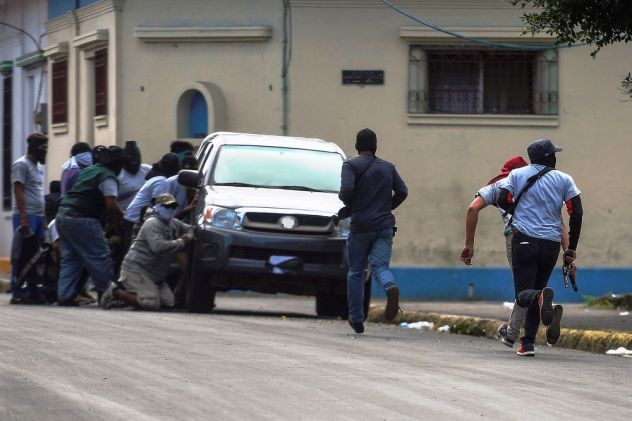
“This cleanup operation essentially meant that the dictatorship closed any channel of peaceful communication, any channel of negotiated political solution to simply bet on arms and in this way put an end to any type of social uprising, contain the Nicaraguan people. In reality, it became one of the biggest massacres in our recent history,” denounced the now released politician.
Likewise, Jerez pointed out that this attack has left the victims “deep wounds” and a yearning for justice, to know who was responsible for shooting to kill.
“The victims deserve to know the truth, they deserve to know who was responsible for this massacre and there are wounds that have not yet healed as a result of these actions,” he stressed.
“It is an outstanding debt to investigate and prosecute, and bring to justice those responsible for this massacre and things like this must not be repeated and I believe that we must learn that violence and force at this level must be eradicated from our history as Nicaraguans,” he added.
The repressive day was carried out between mid-June and the beginning of July 2018. Ortega’s shock forces murdered around 100 Nicaraguans, who died fighting for the freedom of Nicaragua.
The Ortega shock groups attacked roadblocks and barricades that the population had in Managua, Jinotepe, Diriamba, Masaya, Monimbó, Sébaco, Matagalpa, San Pedro del Lóvago, Santo Tomás, El Tule, Rivas, Morrito and other municipalities in the country.
